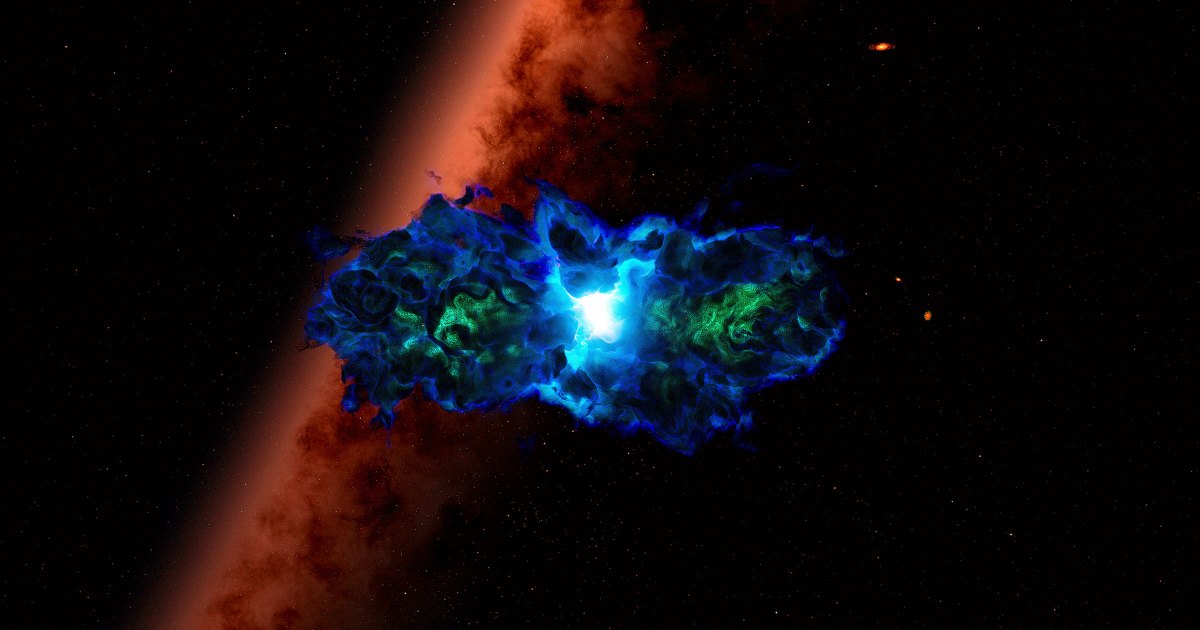
"Astronomers say NASA's James Webb Space Telescope may have spotted the universe's first "dark stars," primordial bodies of hydrogen and helium that bear almost no resemblance to the nuclear fusion-powered stars we've come to know."
"As detailed in a recent paper published in the journal Proceedings of the National Academy of Sciences, the team suggests that the very early days of the universe, mere hundreds of millions of years after the Big Bang, may have been home to supermassive dark stars, which were powered by dark matter that eventually led them to self-destruct."
""Supermassive dark stars are extremely bright, giant, yet puffy clouds made primarily out of hydrogen and helium, which are supported against gravitational collapse by the minute amounts of self-annihilating dark matter inside them," said study lead and Colgate University astrophysicist Cosmin Ilie in a statement."
Observations from the James Webb Space Telescope may have detected supermassive dark stars composed mainly of hydrogen and helium that are not powered by nuclear fusion. These objects could have existed a few hundred million years after the Big Bang, with tiny amounts of self-annihilating dark matter providing heat and pressure to prevent gravitational collapse. The annihilation of dark matter could make these stars extremely bright and puffy, and their collapse or destruction could form supermassive black holes that explain distant quasars and unusually bright early galaxies. The dark‑star concept traces back to the late 2000s and links to WIMP dark matter hypotheses.
Read at Futurism
Unable to calculate read time
Collection
[
|
...
]